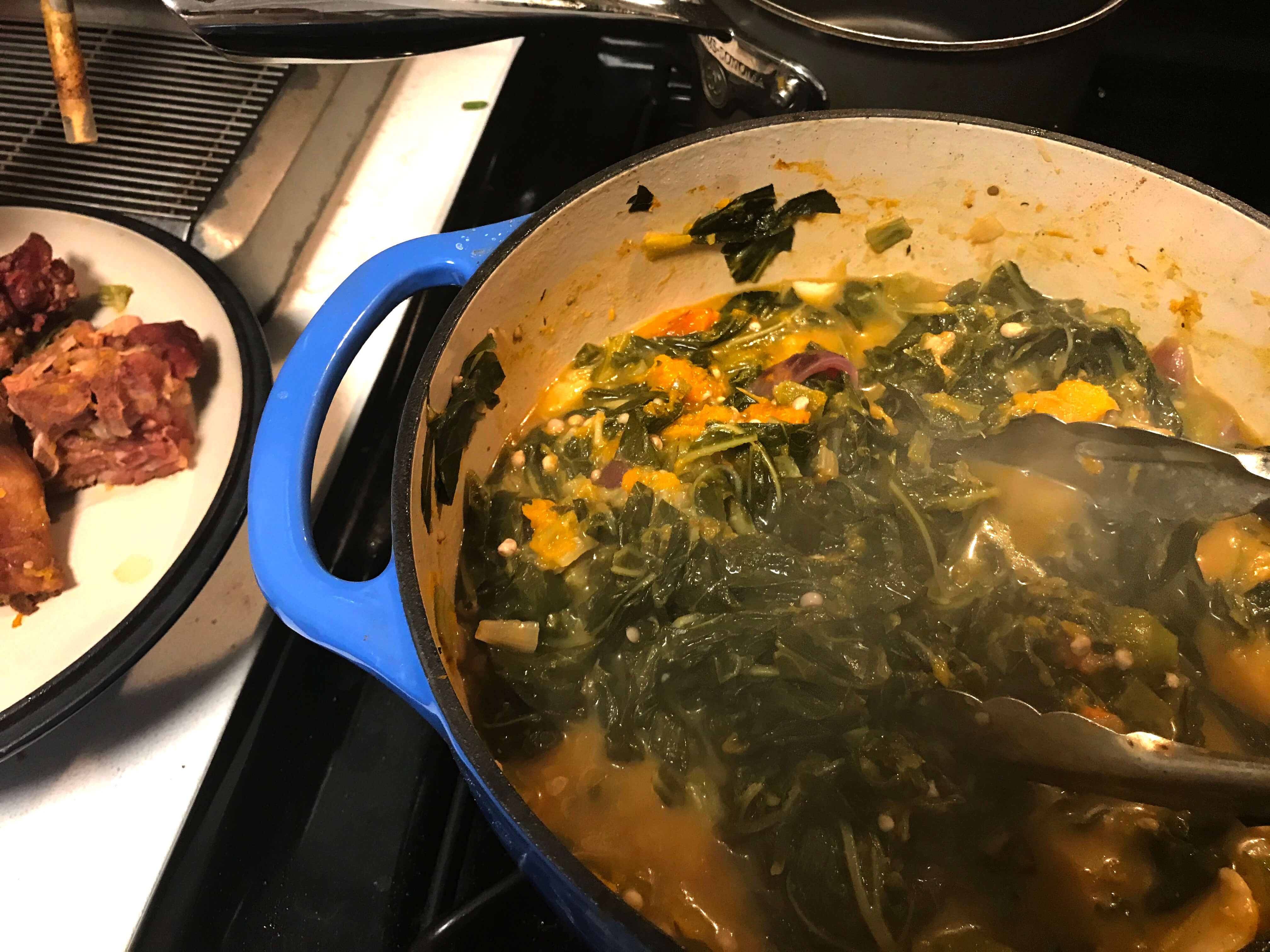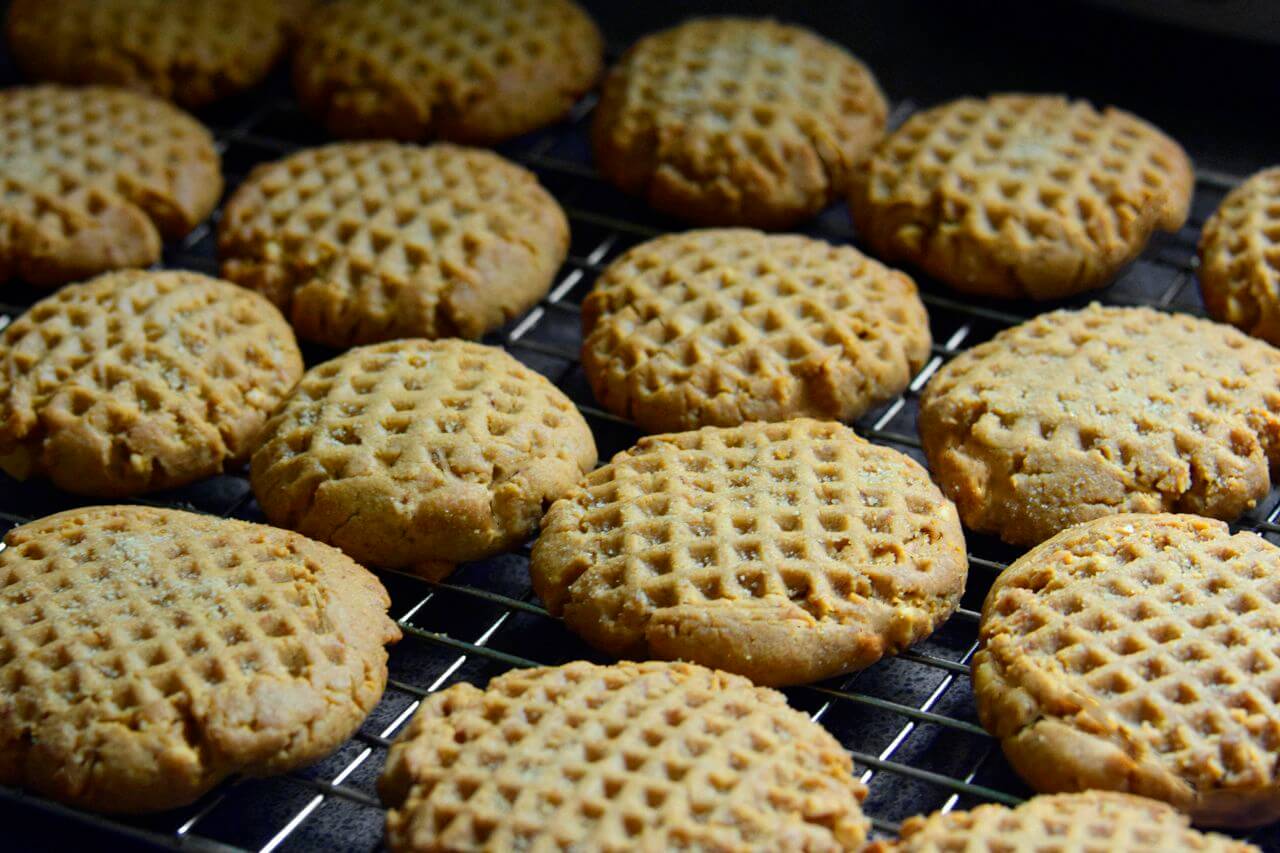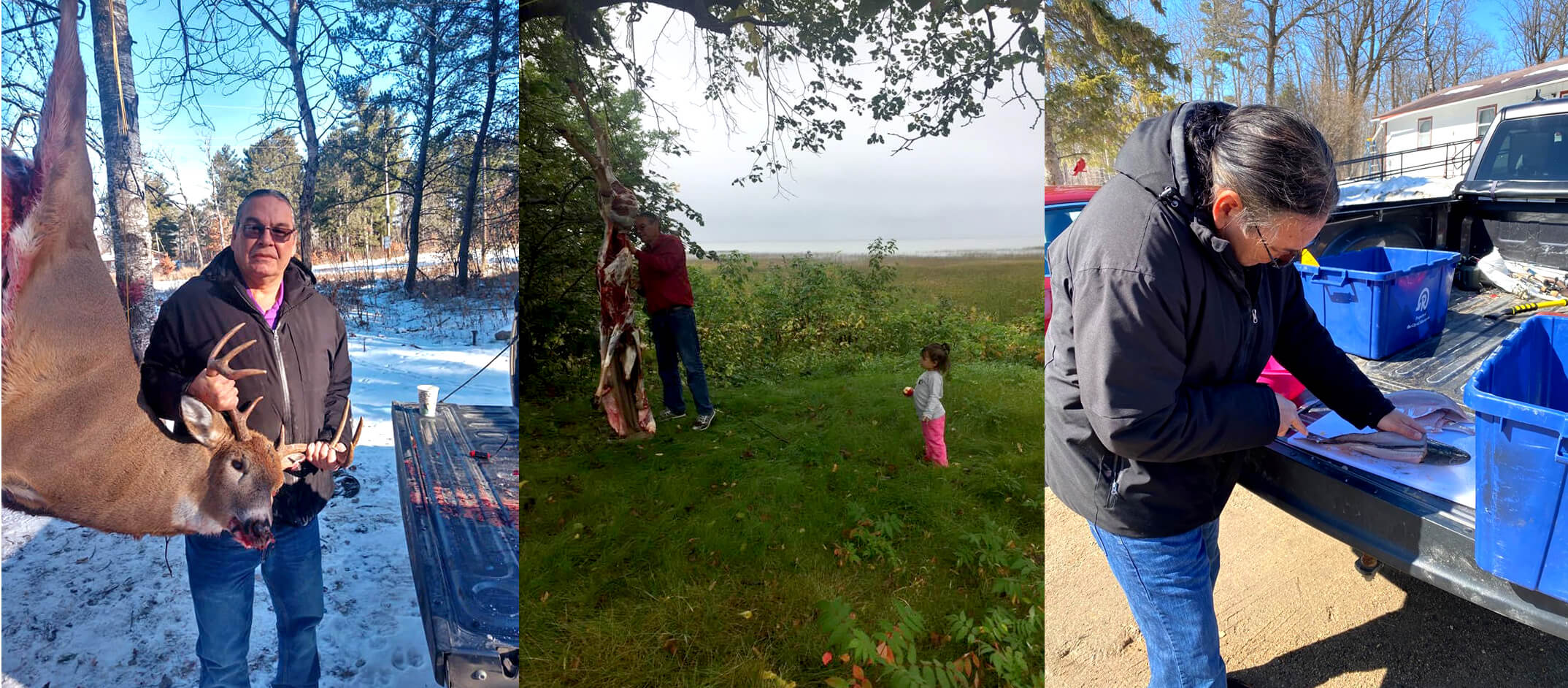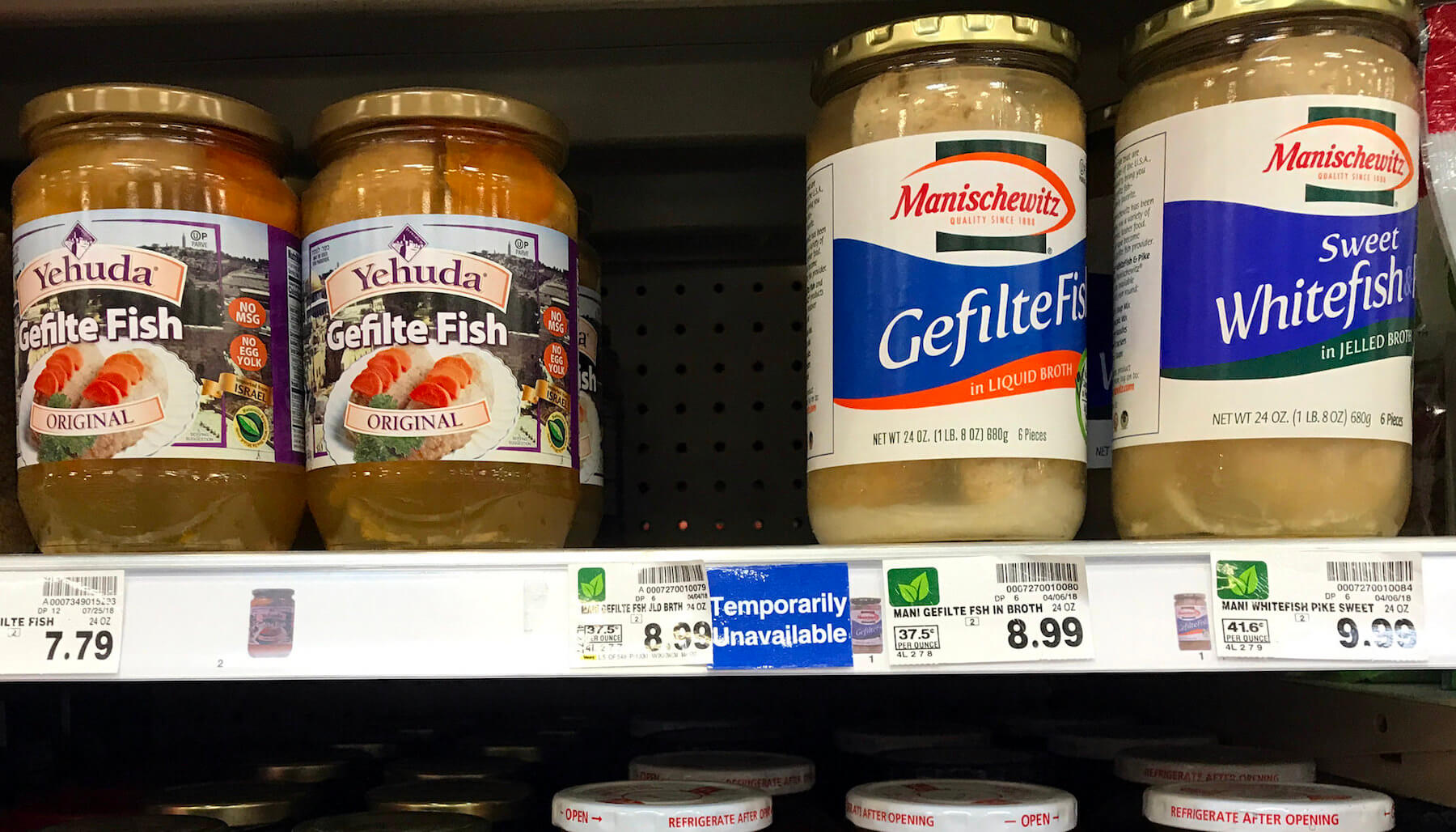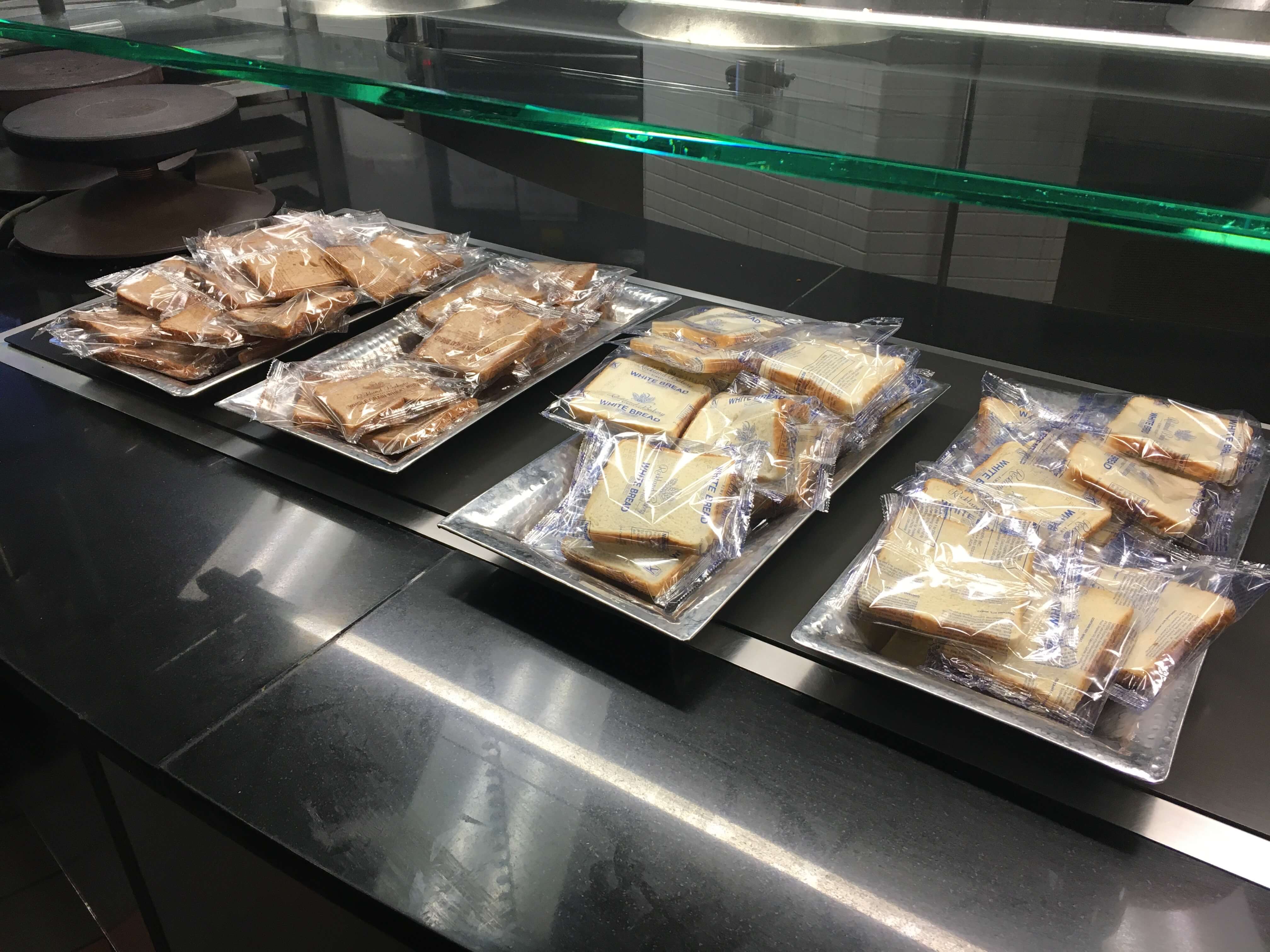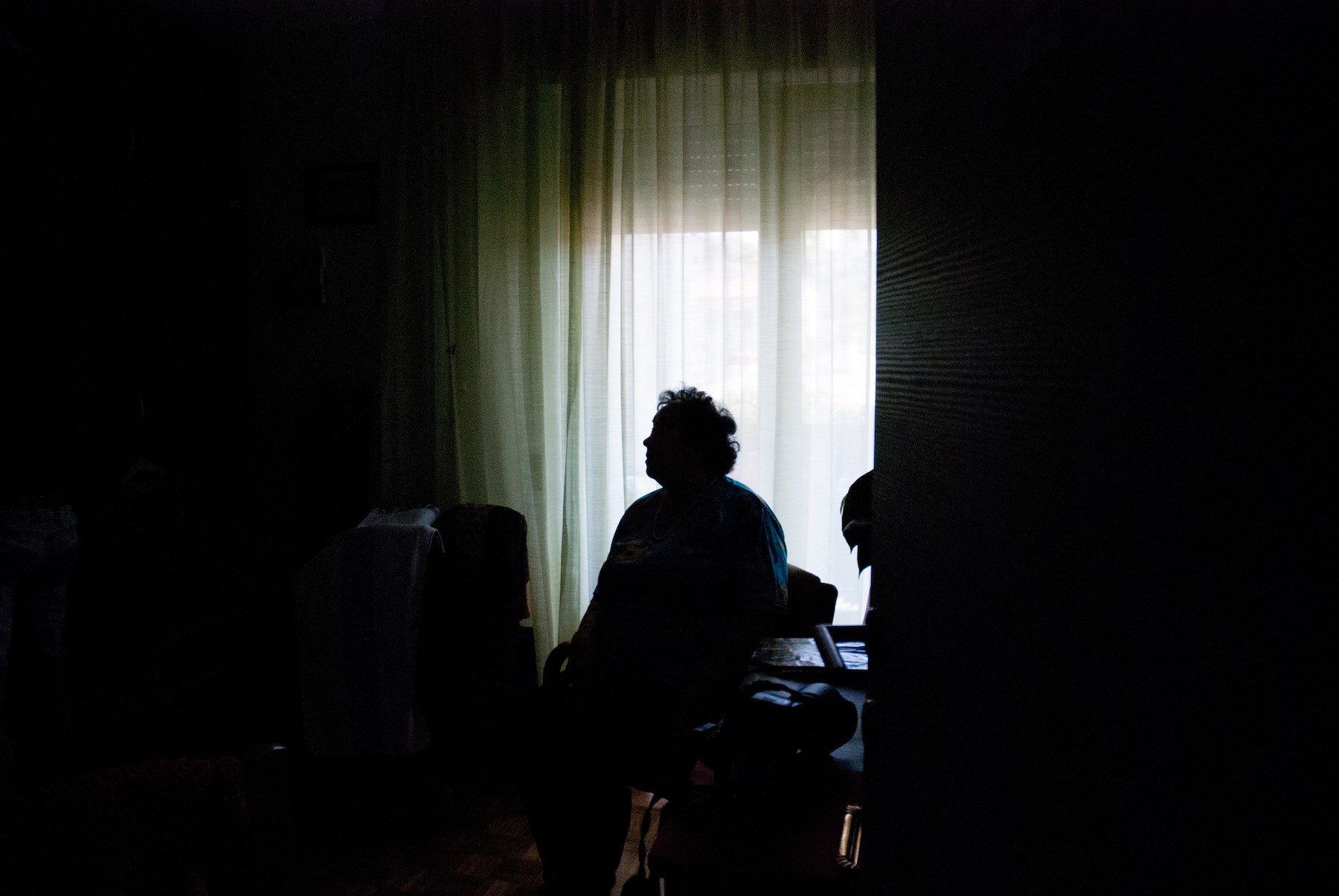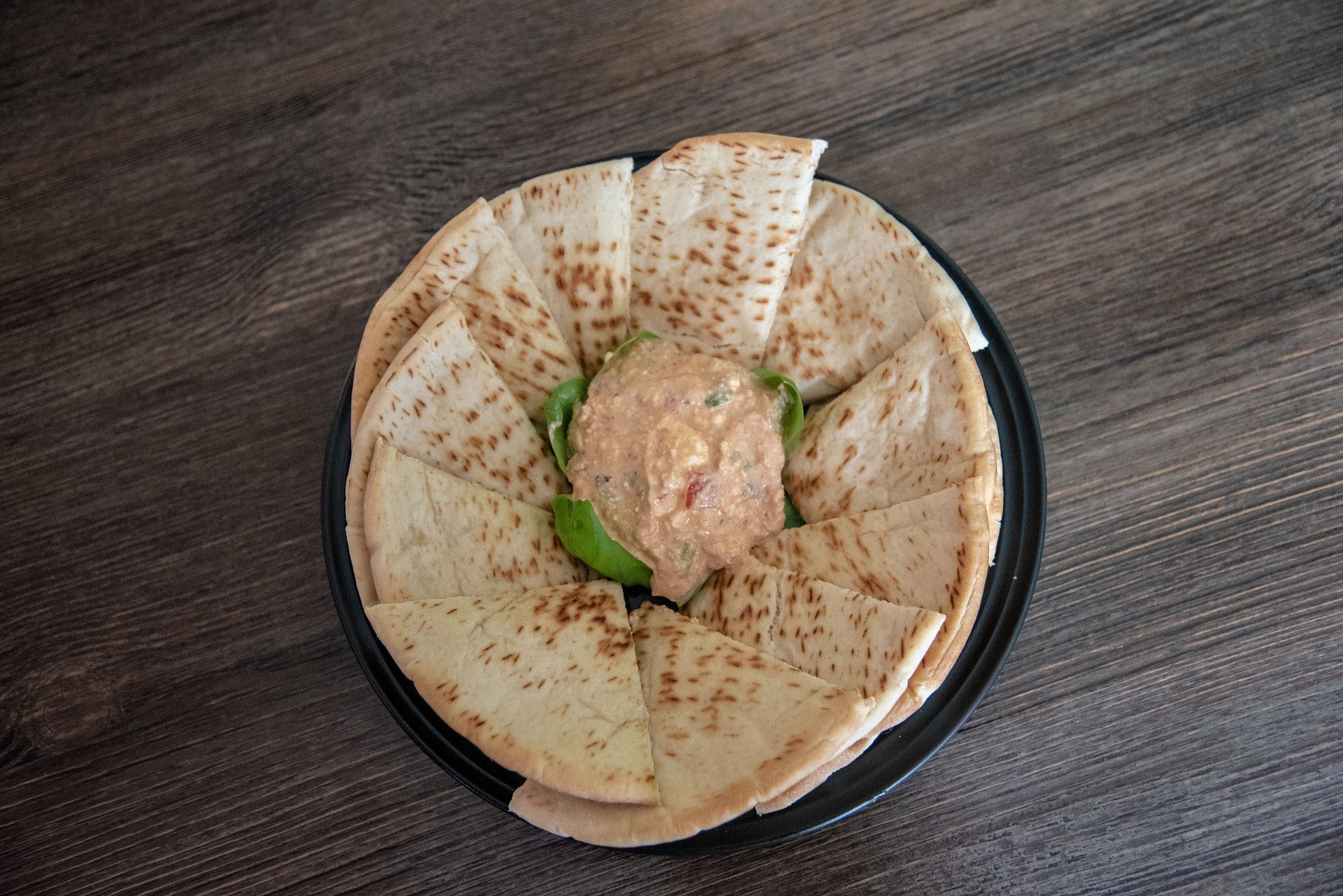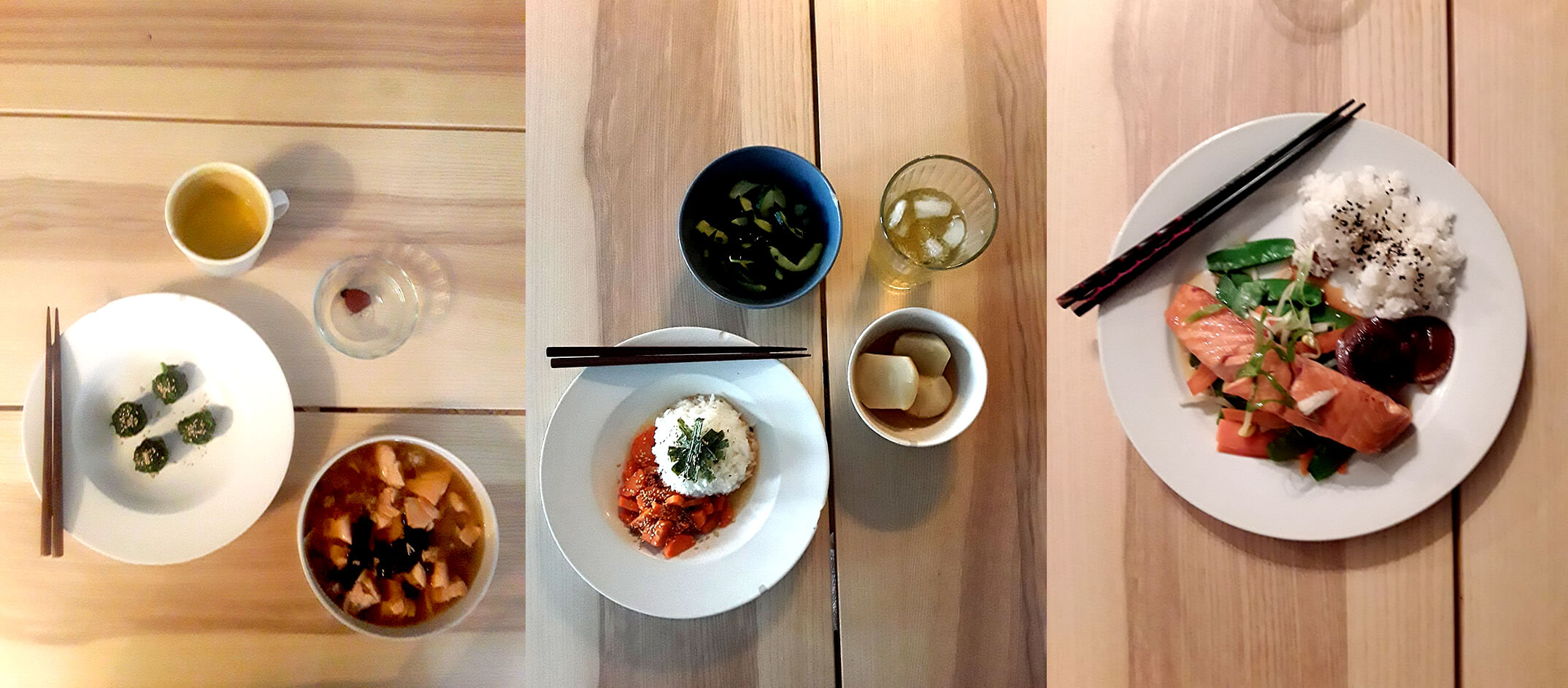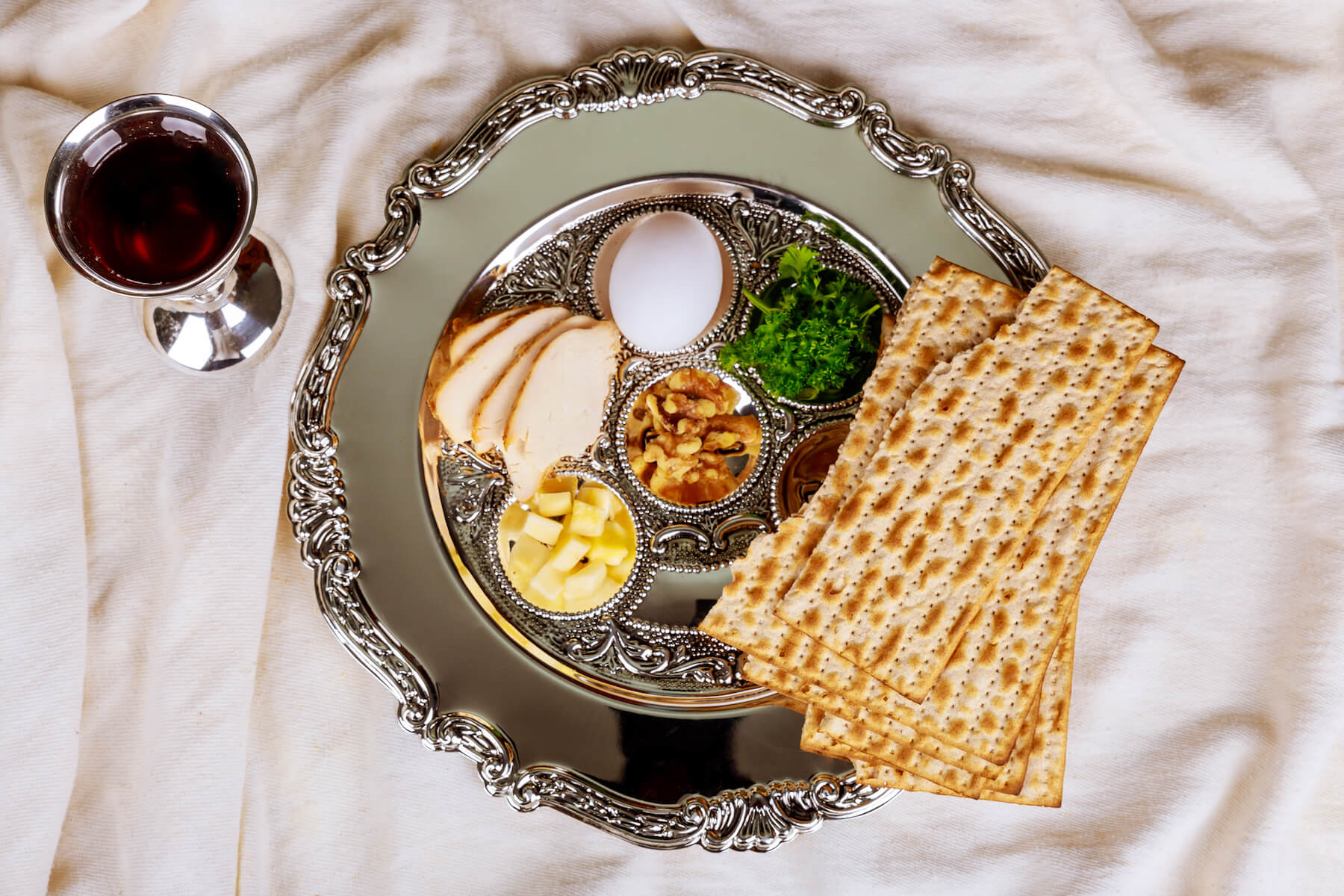
iStock / photovs
It’s the ritual of making a plate matter more than what’s on it.
“Why is this night different from all other nights?”
For those of you who aren’t members of the tribe, here’s some context: During the Passover dinner, the Seder, the youngest child at the table asks that question. As the younger of two brothers, and the youngest on both sides of cousins, that duty always fell on my shoulders growing up (even at 26, I suspect I’ll still be roped into doing it again this year).
It’s the framing for what’s known as the four questions—three of which focus on the traditional Seder food (“Why do we eat matzah?”, “Why do we eat horseradish?” and “Why do we dip parsley in salt water?”). The answers tie back to Exodus, with each food symbolic of the Jewish people’s slavery in Egypt and their escape.
Through food, we tell our story.
More than anything, really, my Judaism centers around food.
You might think that the conversations I’ve had with my family in anticipation of Passover have focused on concern about a Zoom Passover, but it’s been surprisingly easy to plan. Like many people around the country, the extended family members planning to video into my parent’s Seder have grown accustomed to Zoom gatherings over the past month. Having lived in Los Angeles for the past decade, while my parents are in DC, I’m used to remote hangouts with my family.
Rather than focusing on logistics, most of the conversation has turned to what our Seder plates will look like this year.
More than prayer, more than synagogue, more than anything, really, my Judaism centers around food. From tearing into a fresh challah, to the smell and sound of latkes simmering in oil, to biting into a bagel after Yom Kippur fast, my fondest Jewish memories all come back to food. It’s at the heart of so many of our family gatherings. Example: In lieu of a wedding, last year my cousin and her partner opted for a weekend of homemade meals with their families, everyone celebrating the couple’s union as we harvested their garden.
Am I depriving myself of something that makes me happy by not putting together a traditional Seder plate?
Fittingly, the Passover questions on my mind today are all about food. Do I make a grocery store run just for Seder? Does it make sense to get so much food when it’s just for me? Am I depriving myself of something that makes me happy by not putting together a traditional Seder plate?
For my family—and, as far as I can tell, for most Reform Jews—the answers are subjective, for every Jew to decide for themselves what to do. My dad, a rabbi, says this: “People should do what’s meaningful to them—or as meaningful as one can do within the restrictions we face.” My mom, in an email to her Seder guests, is encouraging people to think outside the box: “If you don’t want to leave the house to prep for Seder, consider substituting horseradish with leftover mustard packets from Chinese restaurants.” She’s having fun leaning into how different everything is—she’s going to give a prize to the most creative Seder plate. In that spirit, I’m going to prioritize the CDC guidelines over the Talmud and forgo charoset, matzo ball soup and all the other Seder staples. My Seder plate this year consists of wasabi and crackers in place of horseradish and matzah and barbecued tofu in place of brisket.
During Seder, we leave our door open and put out an empty seat for the prophet Elijah, whose presence is meant to resolve disputes and provide answers. I suspect there will be many unanswered questions and many empty seats this year.
No one’s Seder plate will look the way it did last year, but that’s OK—it’s the act of making a plate, not what’s on it, that counts.
